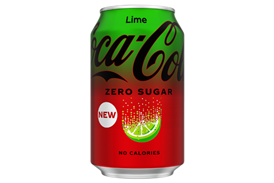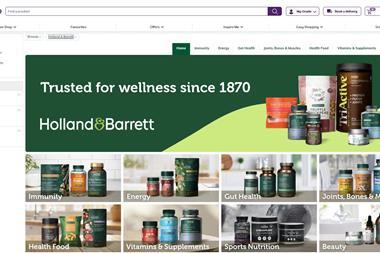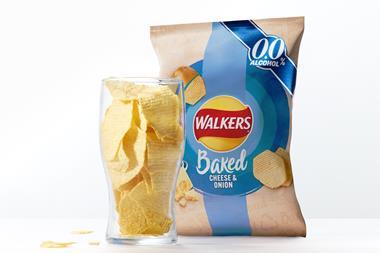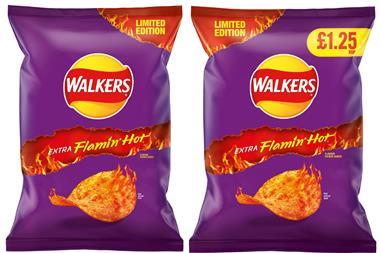Most battery consumers do not know their AAAs from their elbow and need help if they are to find which power cell is best for their digital camera and which is better suited to the bedside clock.
Manufacturers know they must mount a continuing campaign to educate consumers. Retailers, too, have a large role to play but not every store chain feels that their suppliers are doing all they can to help them.
Privately, buyers for the major multiples believe that more could be done by the manufacturers to inform end-users. Publicly, however, all parties are keen to support the idea that a partnership approach is the best way to help consumers make good choices, but this remains a major challenge.
"People do not understand the technology of batteries," admits Tim Clark, marketing manager at Panasonic. "To most other people, a battery is a battery is a battery and they tend to pick up the first one that fits.
Panasonic's answer is to educate through its packaging. The company has developed distinctive icons on packs that it believes will help consumers better identify the type of battery they require.
Martin Gormley, senior business manager for Duracell, says the company has a great relationship with retailers. "In store, we are looking at how we can drive forward category growth and working with retailers to deliver clearer browsers for shoppers," he says.
That sentiment is echoed by Sarah Richardson, marketing manager at Energizer. "The key is organising fixtures so people can find what they want," she says.
A summer 2006 report from Mintel points to a move towards battery purchase from grocery multiples, which grew their
share of the market from 43% to 47% between 2001
and 2005. General stores and electrical retailers have also increased market share at the expense of the convenience sector.nThe challenge of explaining cells















No comments yet